Dealing with plantar fasciitis can be a real pain—literally. This common foot condition can make every step you take a struggle. As an experienced bodywork therapist, I’ve helped many clients find relief from this persistent problem through various bodywork techniques. Whether you’re a runner, a teacher who stands all day, or simply someone struggling with this condition, understanding how bodywork therapy can help might be your ticket to pain-free feet.
Plantar fasciitis is a common foot problem causing pain in your heel and the bottom of your foot. It happens when the plantar fascia, a thick band of tissue that supports your foot’s arch, gets inflamed or damaged. This pain is often sharp and most noticeable with your first steps in the morning.
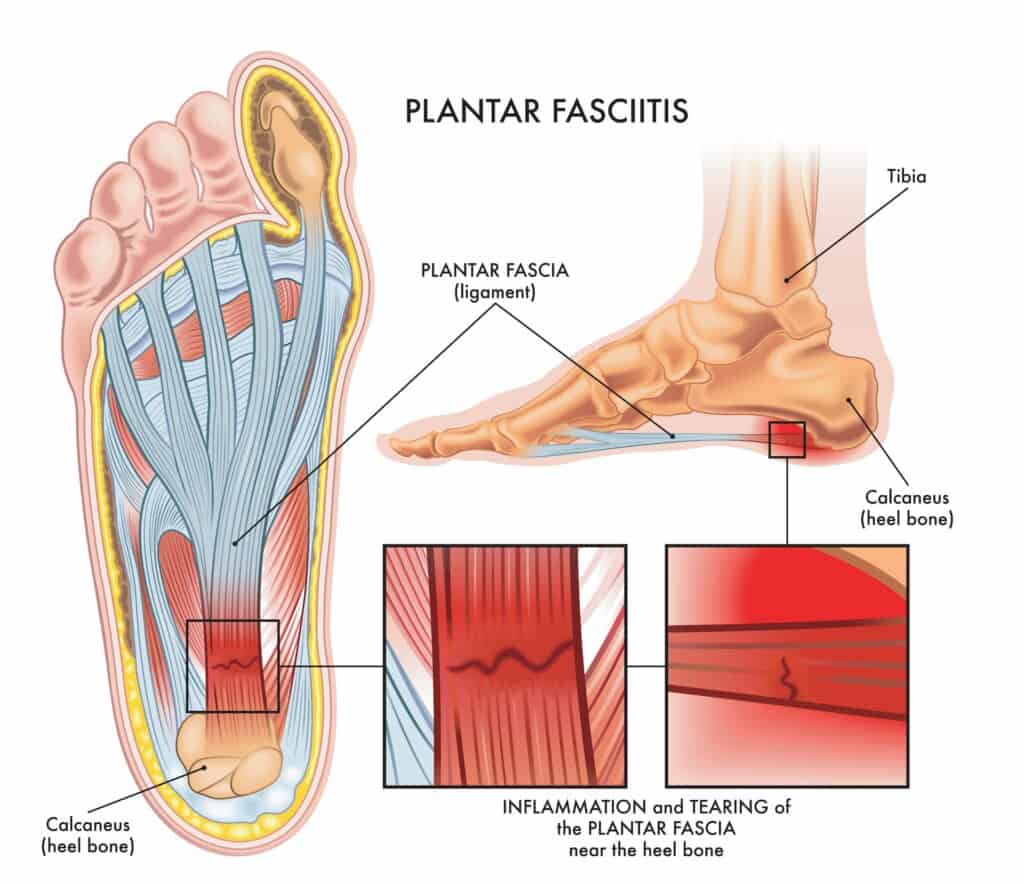
Think of the plantar fascia as a strong rubber band that stretches along the bottom of your foot. When it’s overused or overstretched, tiny tears can form, leading to pain and inflammation. This condition is common in runners and people who spend a lot of time on their feet, but it can affect anyone.
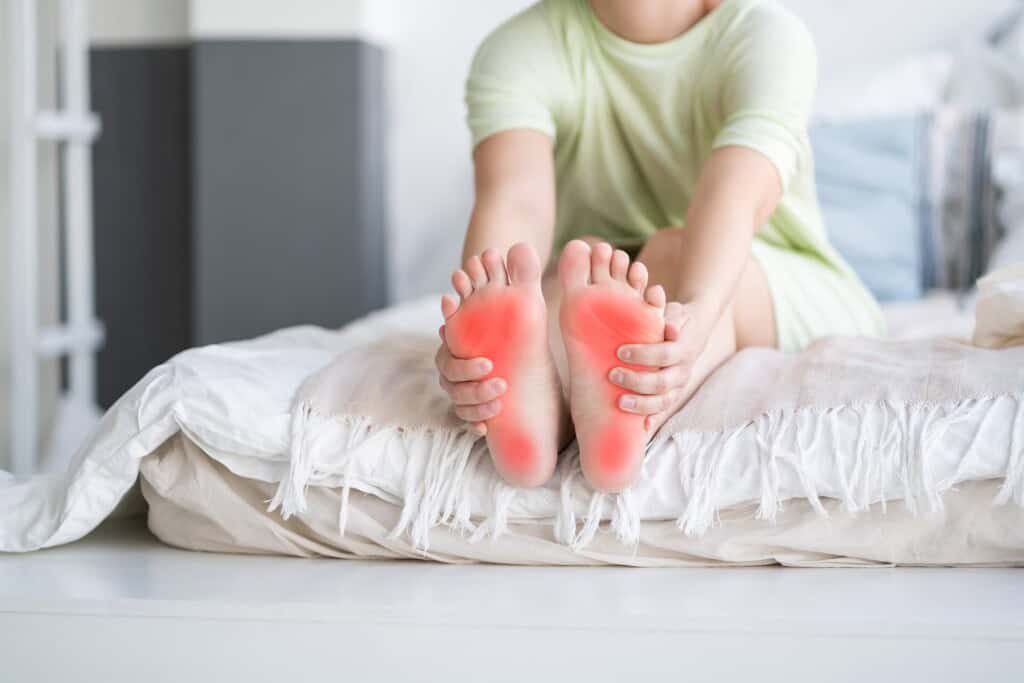
The most common symptom of plantar fasciitis is a stabbing pain near the heel, especially noticeable with your first steps in the morning. This pain can decrease throughout the day but may return after long periods of standing or when you stand up after sitting. Many describe it as feeling like stepping on a nail, while others describe it as a dull ache that worsens with activity.

Several factors can contribute to the development of plantar fasciitis:

A diagnosis is usually made based on your medical history and a physical exam. Your doctor will check for areas of tenderness on your foot and may ask you to flex your foot to pinpoint the pain. In some cases, imaging tests like X-rays or MRIs may be used to rule out other conditions.
Treating plantar fasciitis typically involves a combination of rest, stretching exercises, and over-the-counter pain relievers. In more severe cases, physical therapy, orthotics, or even corticosteroid injections might be necessary. However, before jumping to more invasive treatments, bodywork therapy offers a natural and effective way to manage and heal this condition.
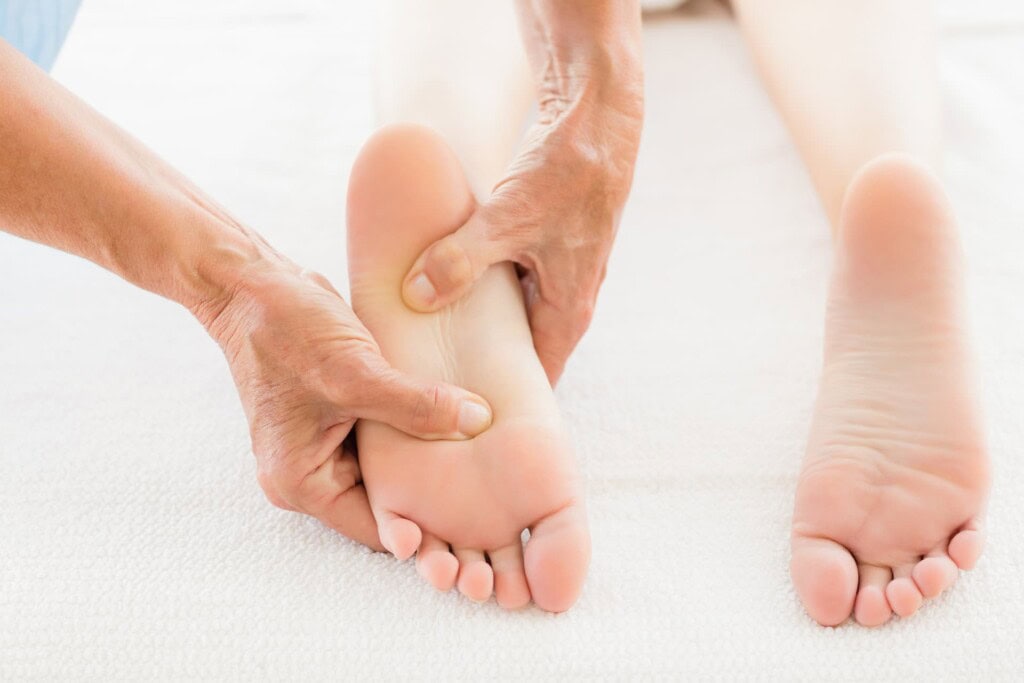
Bodywork therapy helps reduce pain and improve function by working on the muscles, fascia, and soft tissues affected by plantar fasciitis. Customized techniques aim to stretch the plantar fascia, promoting healing and reducing inflammation.
By improving blood flow, relaxing muscles, and reducing inflammation, bodywork therapy helps your feet heal naturally. It also restores flexibility and movement in your ankles and feet, so you can get back on your feet pain-free and ready to tackle your day.
Bodywork therapy offers numerous benefits for those suffering from plantar fasciitis:
One of the significant advantages of bodywork therapy is its potential to prevent the need for surgery. By addressing the root causes of plantar fasciitis, such as tight muscles and fascia, bodywork therapy can help alleviate symptoms and promote healing without invasive procedures. Regular sessions can keep the condition from worsening, reducing the likelihood of surgery.
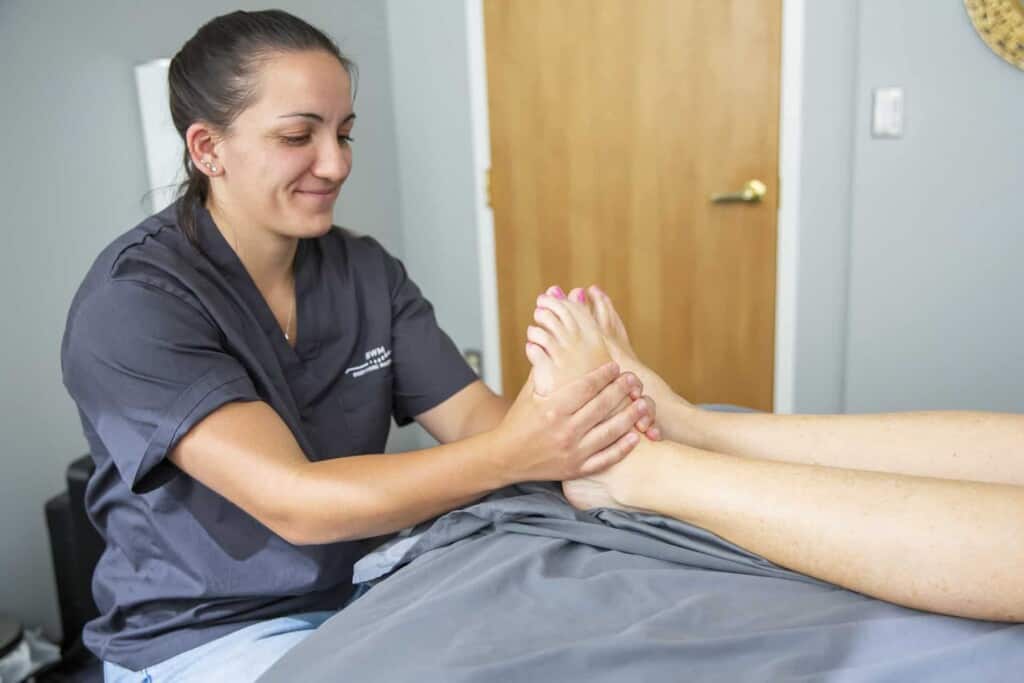
Different massage techniques can be particularly beneficial for plantar fasciitis:
Remember, these techniques aim to get your foot feeling better and moving more easily, without needing surgery or medication. They’re all about helping you get back on your feet – literally!
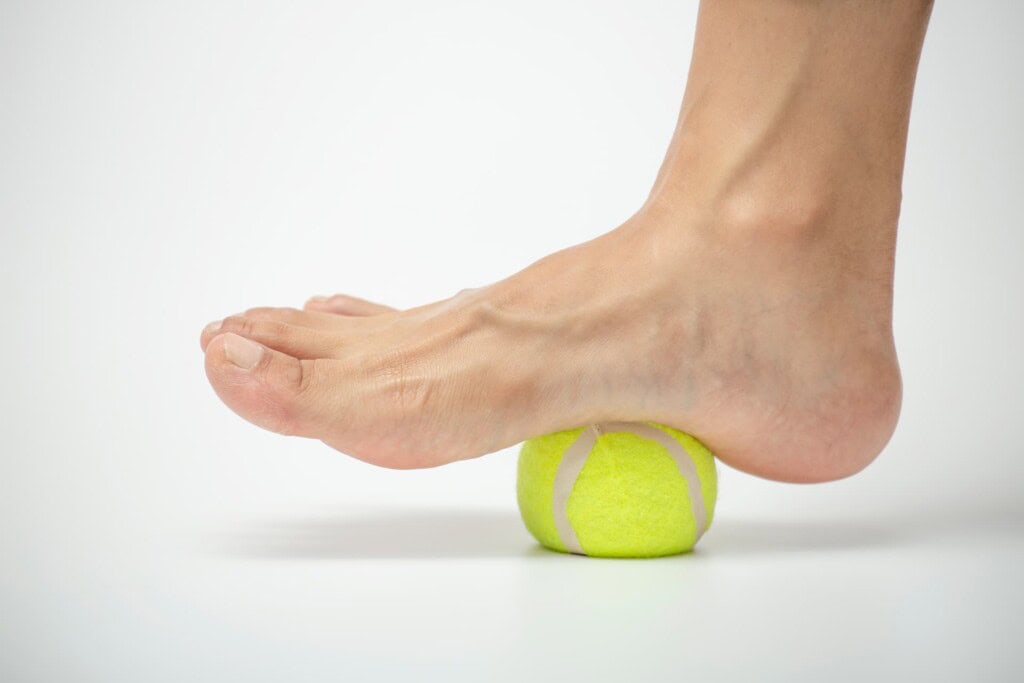
Yes, self-massage can be incredibly effective in managing plantar fasciitis pain. Here are some techniques you can try at home:
These techniques can help reduce tension in the plantar fascia and improve blood flow, promoting healing.
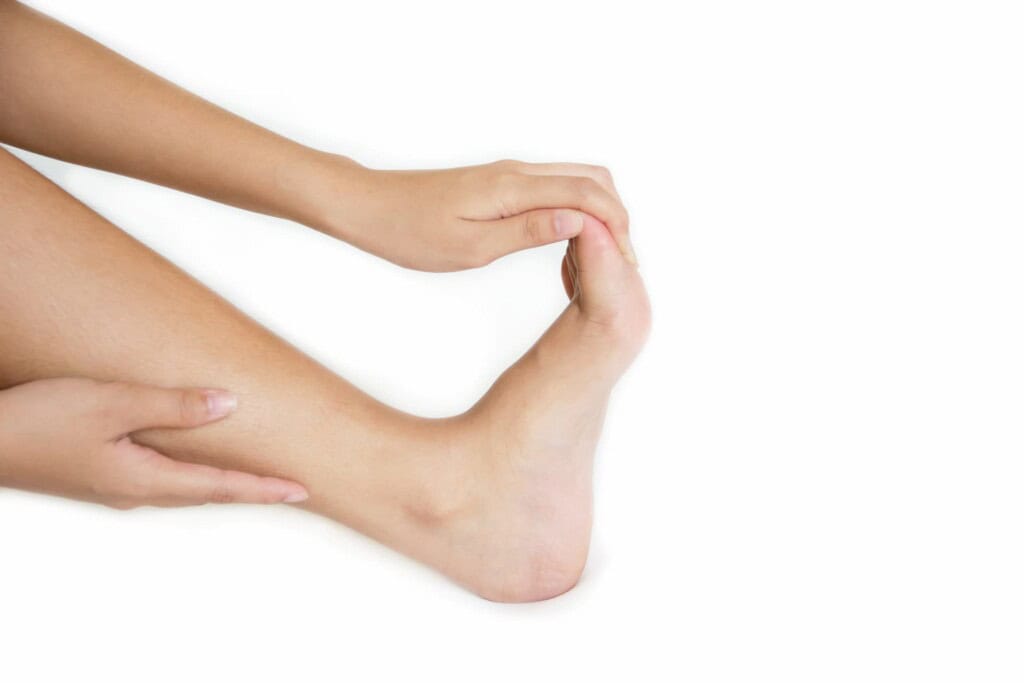
Preventing plantar fasciitis involves taking proactive steps to reduce stress on your feet:
The duration of plantar fasciitis varies from person to person. With proper treatment, most people experience significant improvement within a few months. However, if left untreated, the condition can become chronic and last for years. Consistent bodywork therapy and self-care can accelerate the healing process and prevent recurrence.

Dealing with plantar fasciitis can be challenging, but bodywork therapy offers effective relief. Techniques like deep tissue massage, myofascial release, and trigger point therapy alleviate pain, improve mobility, and support natural healing processes.
Your feet carry you through every step of life. If you’re struggling with plantar fasciitis, don’t hesitate to take action. Contact Bodywork Masters today to explore how our specialized therapies can help you regain comfort and mobility in your feet. Your journey to pain-free living starts with a simple step – reach out to us and let us guide you towards relief.